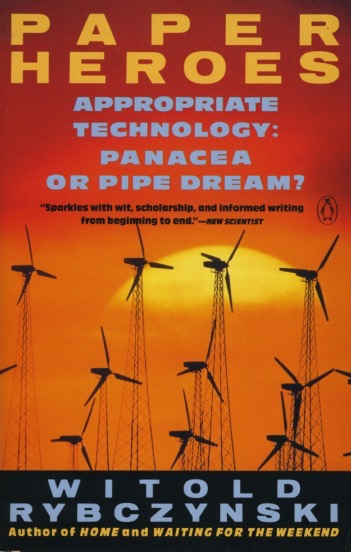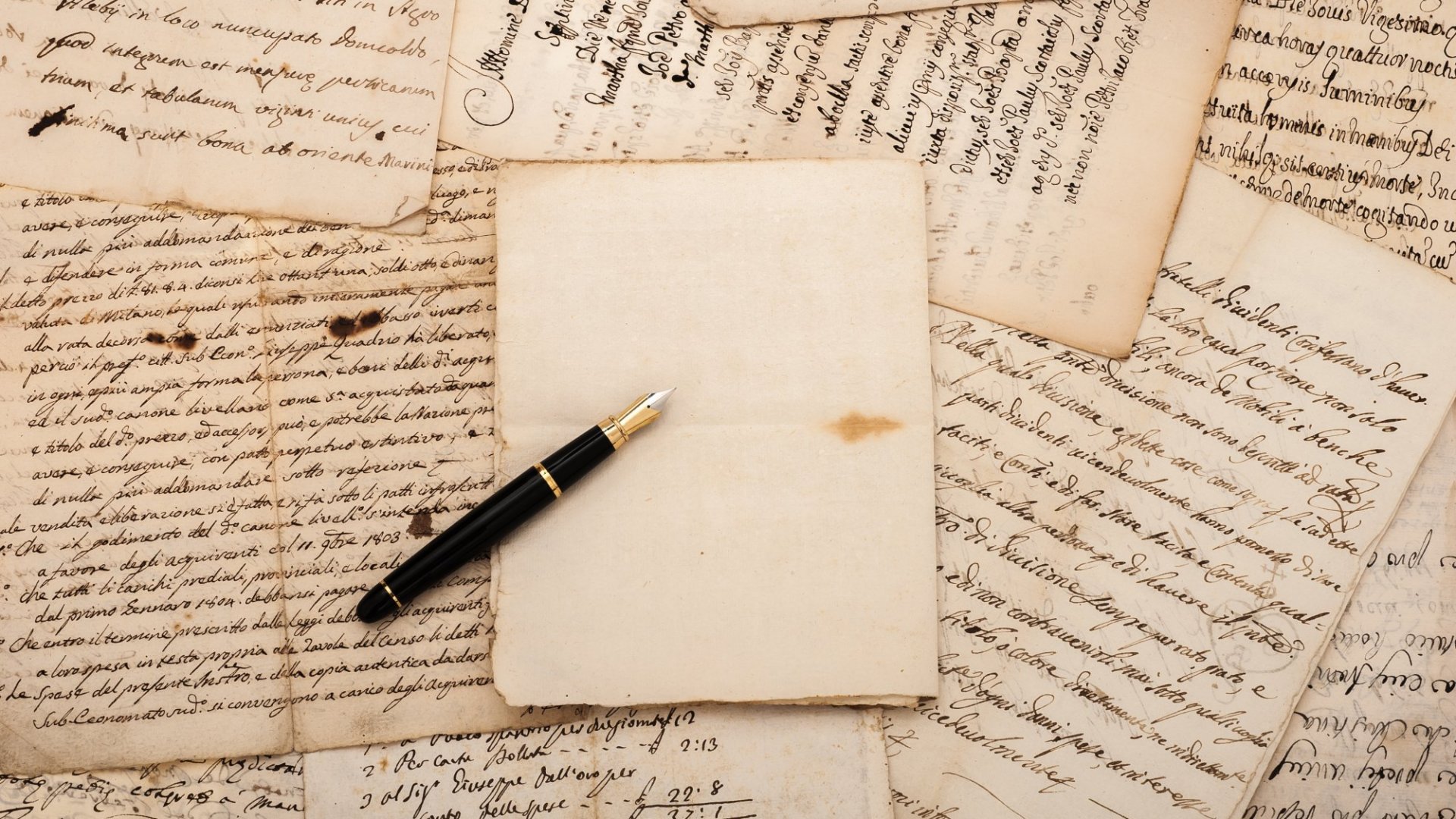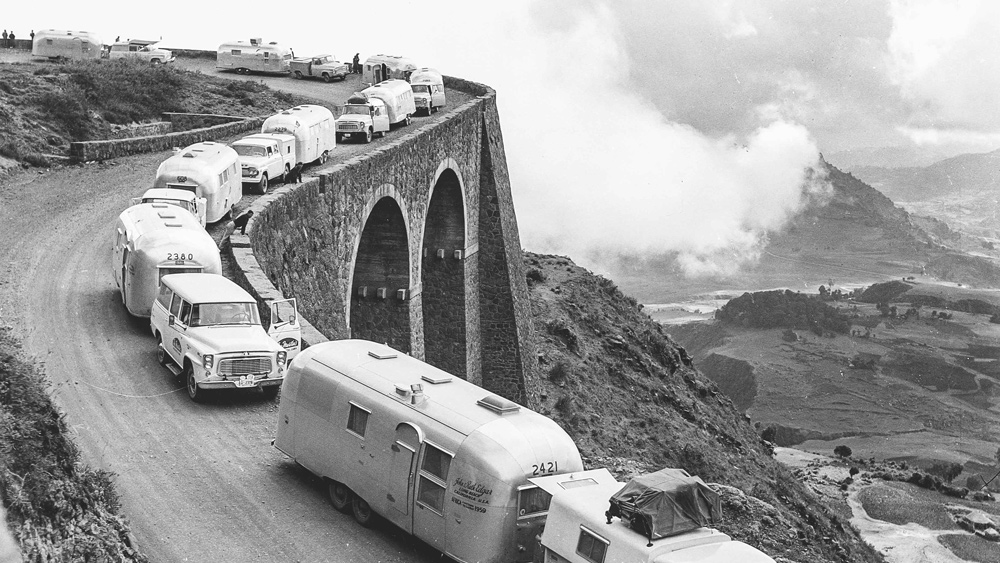A WRITING LIFE: PART ONE
In the 1970s I belonged to the Minimum Cost Housing Group at McGill University in Montreal. Our research included third world slums, alternative technology, composting toilets, well, that was the seventies. We published and sold booklets—Stop the Five Gallon Flush was the most successful. Around 1978 I thought it would be a good idea to combine all the publications in a book—after all, this was the era of the Whole Earth Catalog and the Domebook. I didn’t have much success finding a trade publisher. I did get one positive response from Bill Strachan,








